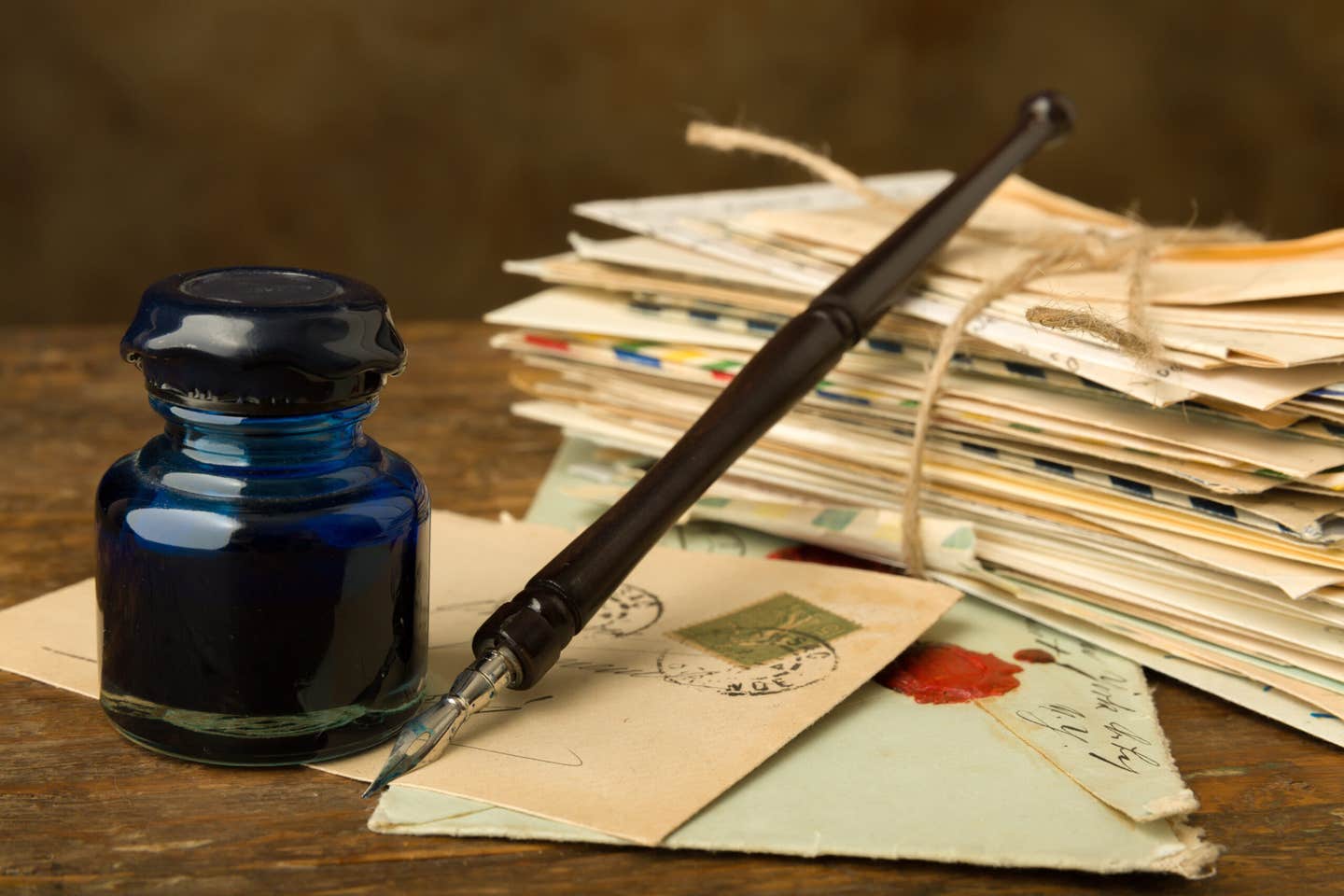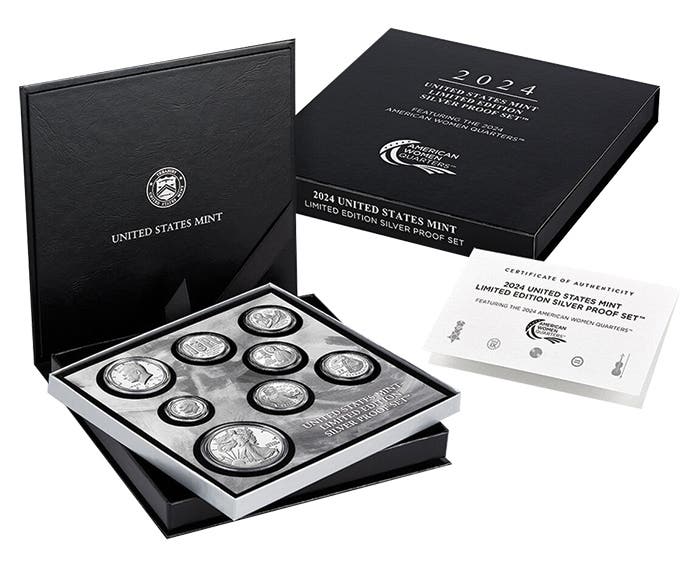Coin Clinic: What Happened to the Dalles Mint?
Why was a branch mint proposed for Oregon when a mint was already in operation in San Francisco? A Pacific Northwest mint was perceived as being necessary following the discovery…
Why was a branch mint proposed for Oregon when a mint was already in operation in San Francisco?
A Pacific Northwest mint was perceived as being necessary following the discovery of gold in Idaho in 1860. Due to the distance between The Dalles and San Francisco, gold dust was being used as currency in Oregon rather than wait for coins to be struck more than 600 miles away and shipped to Oregon.
Why wasn’t the Dalles Mint ever put into operation?
There were continuing construction delays. During this time the local gold sources became exhausted. This coupled with the opening of the Central Pacific Railroad made the idea of a local mint in Oregon impractical.
Has the United States ever issued a piefort (a double normal thickness coin)?
The closest thing to a piefort the U.S. has ever come is the 1925 Thick Norse American medal issued at the Philadelphia Mint. The medal is normally the Thick variety, which still wouldn’t qualify as a piefort. The Thin variety is not that different but is significantly different to qualify as another variety.
Reader Bill Eckberg wrote regarding a recent question published about whizzed coins. According to Eckberg, “Actually, there is a way to remove all traces of whizzing. You can’t remove the treats of whizzing and leave the coin in a high grade, but if you wear the surface down enough, it will look normal. To do so, you have to handle the coin enough that the “circulation” wears down the surface to a significantly lower grade. After that, it will probably still be worth about the same as it was in its whizzed condition.”
I’m not certain if this is a good alternative, but reader comments are always welcome in this column.
My penny is peeling off its copper coating. Why? Silver? Fake?
This is a common lamination problem occurring on our modern copper-plated zinc or “zincoid” 1-cent coins. The plating hasn’t properly adhered to the core metal. The coin will disintegrate eventually if the zinc is exposed.
My question is about U.S. $2 bills with the scene of the Declaration of Independence on the back. Does a group of these notes, Crisp Uncirculated with consecutive serial numbers, have any premium collector value? Does it depend on the specific series?
The $2 Federal Reserve note has been issued as Series 1976, 1995, 2003, 2003A, 2009 and 2013. Since the most recent series is generally available over the counter at banks, it would be too early for those notes to have much of a premium value unless there is something else unusual about them. As examples, the notes might be star replacement notes, or they might have been printed at Fort Worth.









